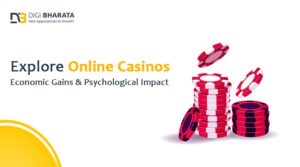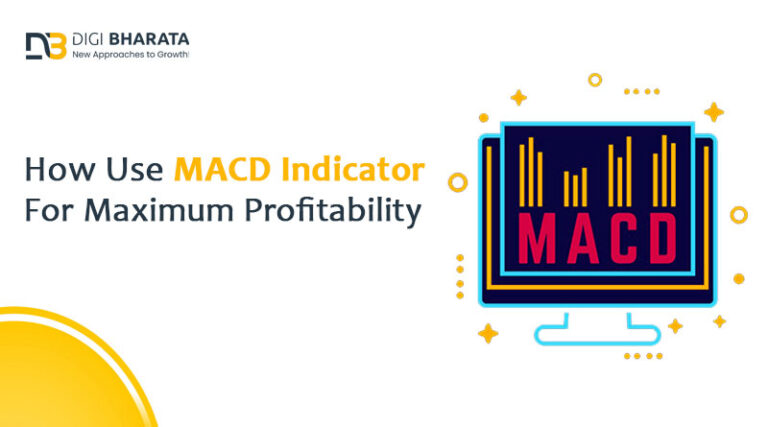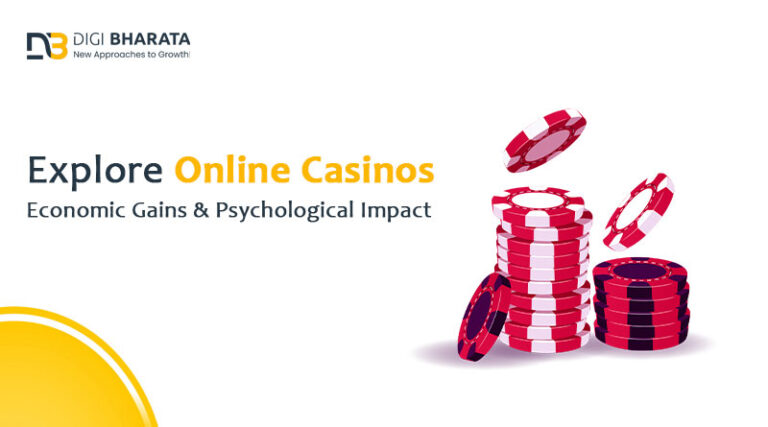In the dynamic landscape of digital marketing, businesses are constantly seeking innovative strategies to enhance their brand visibility and reputation. One powerful tool that has stood the test of time is Public Relations (PR).
Integrating PR into your marketing arsenal can be a game-changer, allowing you to connect with your audience on a deeper level and establish a positive brand image.
In this comprehensive guide, we’ll explore the significance of Public Relations in marketing and how you can leverage it to propel your business to new heights.
Table of Contents
Foundation of Public Relations in Marketing
Understanding Public Relations
At its essence, Public Relations revolves around the establishment and upkeep of relationships with the target audience, stakeholders, and the broader public. In the realm of marketing, PR acts as a bridge between a brand and its audience, creating a favorable perception and fostering trust.
In contrast to conventional advertising, known for its overt promotional nature, PR takes a more nuanced approach, emphasizing the art of storytelling, credibility, and authenticity.
Symbiotic Relationship with Marketing
While the primary focus of marketing is to promote products or services, Public Relations (PR) complements these endeavors by molding the overarching brand narrative. It involves the skillful crafting of engaging stories that strike a chord with the audience, fostering a connection and yielding favorable media coverage.
By aligning PR with marketing objectives, you create a holistic approach that maximizes your brand’s impact.
Key Elements of Effective PR in Marketing
Strategic Storytelling
Compelling stories are the heart of effective PR. Crafting narratives that showcase your brand’s values, mission, and achievements can captivate your audience. Whether it’s through press releases, blog posts, or social media content, storytelling humanizes your brand and establishes an emotional connection with your audience.
Media Relations
Building relationships with journalists and influencers is crucial for securing positive media coverage. A well-placed story in a reputable publication can significantly boost your brand’s visibility. Create a media outreach strategy centered on cultivating enduring relationships, and prioritizing long-term connections over isolated transactions.
Crisis Management
In the digital age, where information spreads rapidly, businesses must be prepared for crises. PR plays a pivotal role in managing and mitigating potential damage to your brand’s reputation. Having a crisis communication plan in place ensures a swift and effective response during challenging times.
Community Engagement
Engaging with your local community or online community through events, sponsorships, and social responsibility initiatives not only benefits society but also enhances your brand’s reputation. Authentic community engagement builds trust and loyalty among your audience.
Employee Advocacy
Your employees are brand ambassadors. Encourage a positive workplace culture, and empower your employees to share their experiences and perspectives. Their authentic voices can amplify your brand message and humanize your organization.
Measuring the Impact of PR on Marketing
Key Performance Indicators (KPIs)
Determine measurable KPIs to assess the impact of your PR efforts on marketing goals. This could include media mentions, website traffic, social media engagement, and sentiment analysis.
Consistently monitor and evaluate these metrics to enhance and fine-tune your PR strategy.
Surveys and Feedback
Gather feedback from your audience to gauge the effectiveness of your PR campaigns. Surveys, social media polls, and direct communication can provide valuable insights into how your brand is perceived and where improvements can be made.
FAQs about Public Relations (PR) in Marketing
Q1. What are PR marketing activities?
Ans: Public Relations (PR) marketing activities encompass a range of strategies aimed at building and maintaining a positive brand image, fostering relationships with the public, and enhancing overall brand reputation.
These activities often include:
- Media Relations: Building relationships with journalists, bloggers, and influencers to secure positive media coverage.
- Strategic Storytelling: Crafting compelling narratives that align with the brand’s values and resonate with the target audience.
- Event Management: Planning and executing events to engage with the community, customers, or stakeholders.
- Crisis Management: Developing strategies to handle and mitigate crises that could impact the brand’s reputation.
Q2. Why is PR important?
Ans: Public Relations is essential for several reasons:
- Building Credibility: PR helps establish credibility and trust, as third-party endorsements through media coverage are often perceived as more credible than direct advertising.
- Brand Image Enhancement: Effective PR contributes to shaping a positive brand image and influencing public perception.
- Community Engagement: PR activities, such as community events and social responsibility initiatives, help organizations connect with their communities.
- Crisis Preparedness: Having a solid PR strategy in place ensures an organization is prepared to manage and mitigate crises effectively.
3. What are the PR tools?
Ans: PR professionals use various tools to execute their strategies:
- Media Monitoring Tools: Keep track of media coverage and mentions of the brand or organization.
- Press Releases: Written communications distributed to the media to share news and updates.
- Social Media Platforms: Leveraging social media channels to engage with the audience and share information.
- Event Planning Software: Tools to plan, organize, and manage events efficiently.
- Crisis Communication Plans: Strategies and resources in place to manage and respond to crises.
Q4. What are the main activities of PR?
Ans: The main activities of Public Relations include:
- Media Relations: Media Relations involves fostering and sustaining connections with journalists and media platforms to ensure favorable coverage.
- Strategic Communication: Crafting and disseminating messages that align with the brand’s values and goals.
- Community Engagement: Participating in community events, sponsorships, and social responsibility initiatives.
- Crisis Management: Developing plans and strategies to effectively handle and mitigate crises.
- Internal Communication: Guaranteeing seamless communication within the organization while cultivating a constructive workplace culture.
Conclusion
Public Relations is not a standalone component; it’s an integral part of a comprehensive marketing strategy. By weaving PR tactics into your marketing efforts, you create a powerful synergy that resonates with your audience.
Remember, effective PR is an ongoing process of relationship-building, storytelling and adapting to the evolving needs of your audience.
Embrace the art of Public Relations, and watch your brand flourish in the competitive landscape of modern marketing.






















+ There are no comments
Add yours